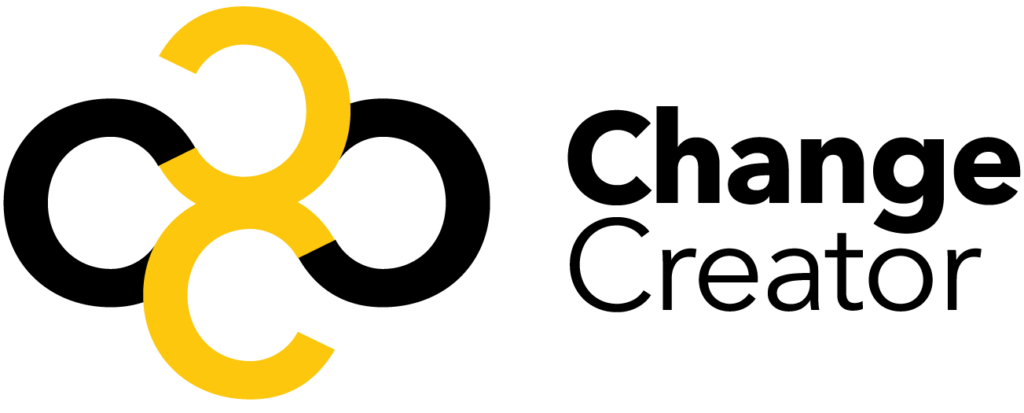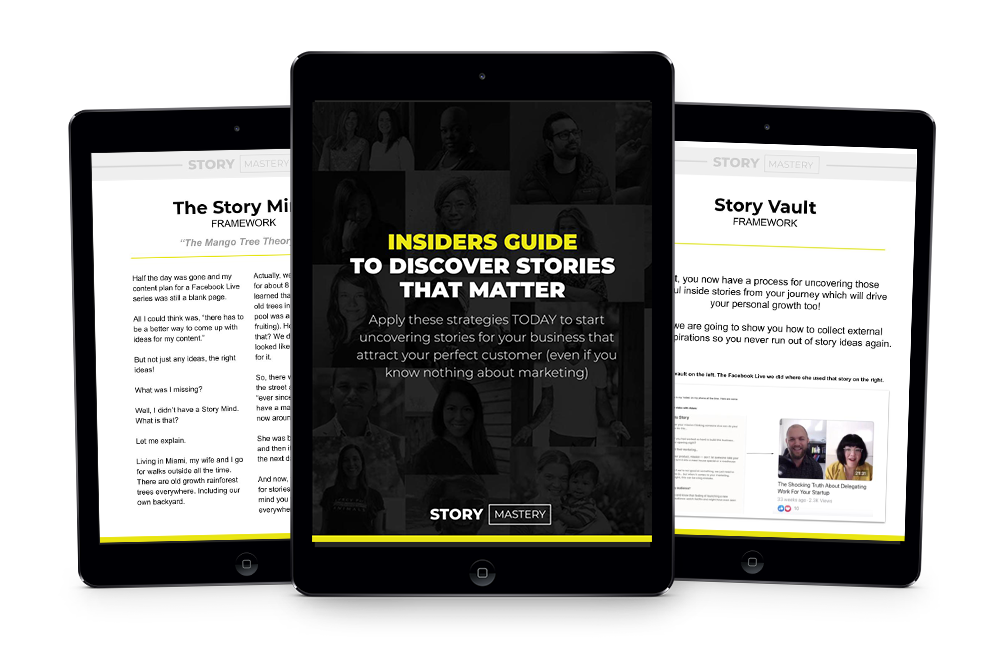David Mead: Leadership That Wins in Today’s Market
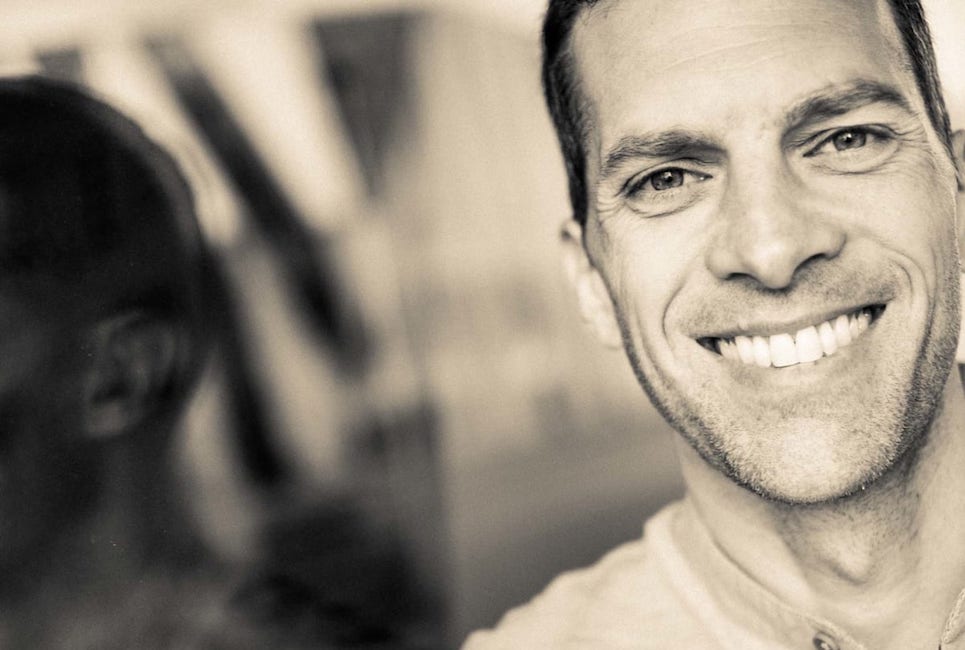
Listen to our exclusive interview with David Mead: Change Creator · David Mead: Leadership That Wins in Today’s Market Subscribe to this show on Spotify | iTunes | Stitcher | Soundcloud What is giving business leaders the edge today? What has held some back while others rise to the top? We spoke with Simon Sinek’s […]
David Wood: Mastering Your Mind & Business For Real Progress
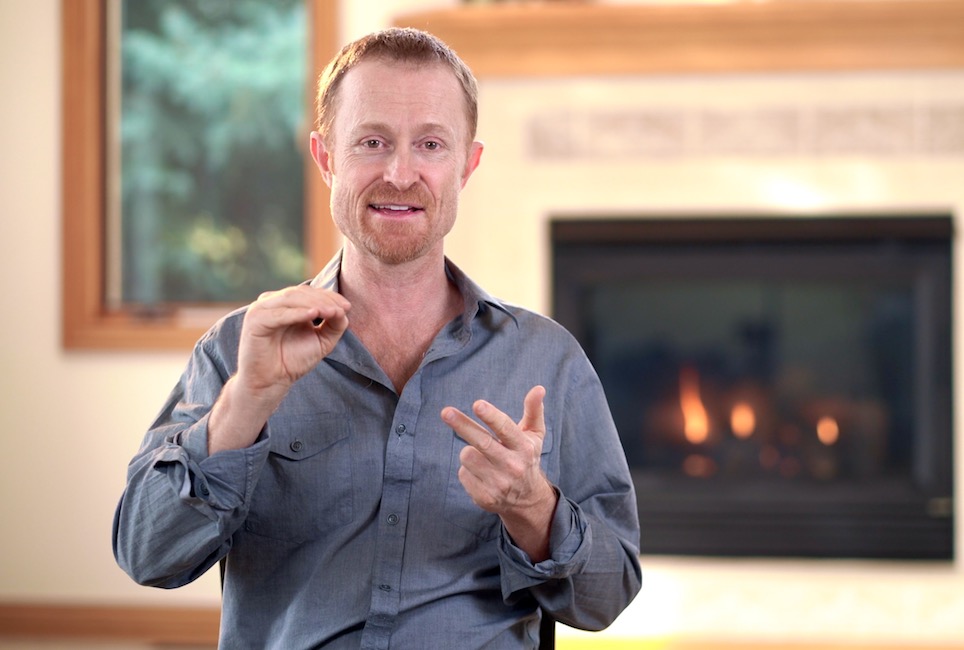
Listen to our exclusive interview with David Wood: Change Creator · David Wood: Mastering Your Mind & Business For Real Progress Subscribe to this show on Spotify | iTunes | Stitcher | Soundcloud What if you feel like you’re lost in the startup wild? It’s hard to make real progress when that’s the case. This is why we […]
Jennifer Spivak: Creating Facebook Ads That Actually Resonate
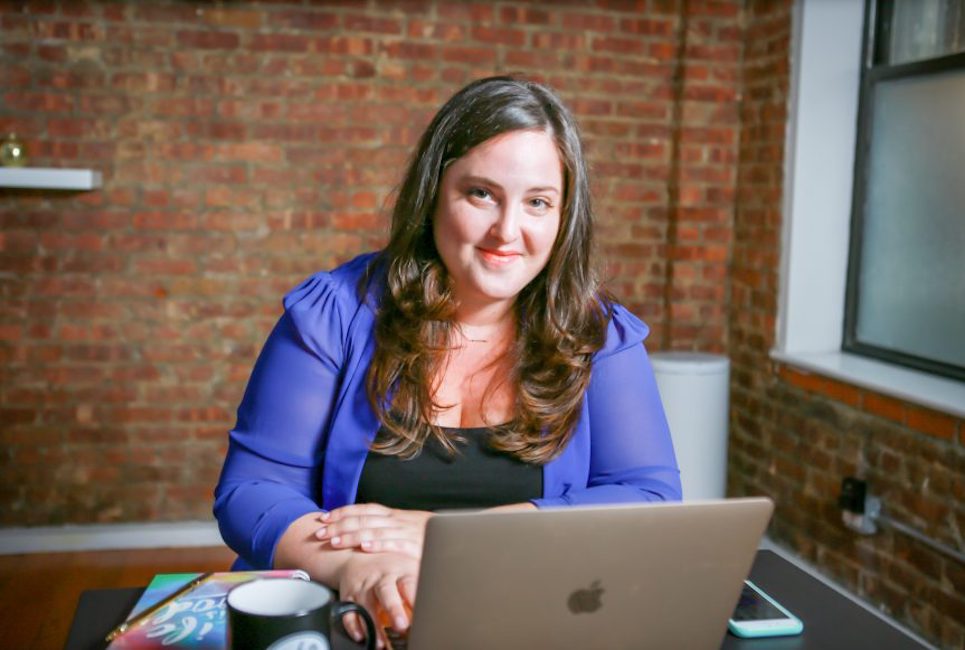
Listen to our exclusive interview with Jennifer Spivak: Change Creator · Jennifer Spivak: Creating Facebook Ads That Actually Resonate Subscribe to this show on Spotify | iTunes | Stitcher | Soundcloud When should I try Facebook ads? What makes them resonate with the right people so they work? Like most entrepreneurs, you might want to […]
Jennifer Kaylo Ruscin: What You Need to Win in the Retail Space
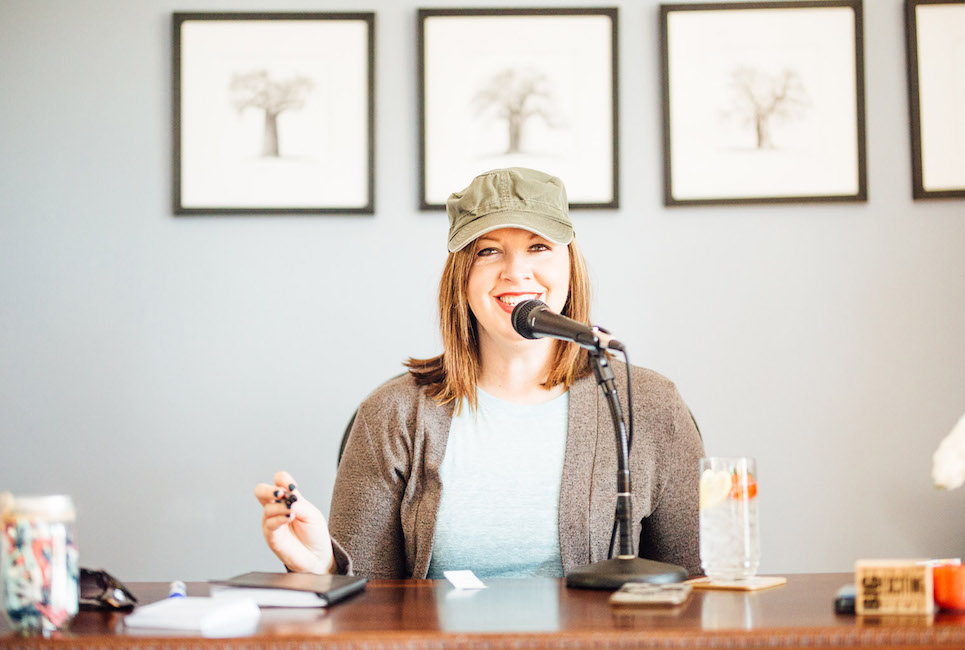
Listen to our exclusive interview with Jennifer Kayla Ruscin: Change Creator · Jennifer Kaylo Ruscin: What You Need to Win in the Retail Space Subscribe to this show on Spotify | iTunes | Stitcher | Soundcloud What does it take to get your product in a store like Walmart? We spoke to expert, Jennifer Kaylo […]
Parker Stevenson: Understanding Your Financials to Get the Most From Your Biz
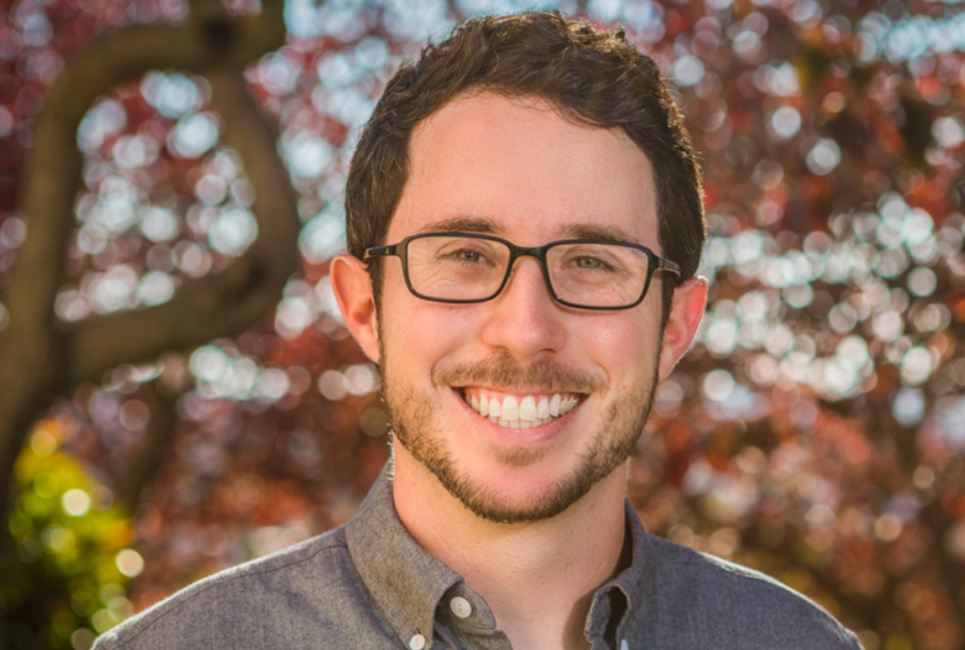
Listen to our exclusive interview with Parker Stevenson: Change Creator · Parker Stevenson: Understanding Your Financials to Get the Most From Your Biz Subscribe to this show on Spotify | iTunes | Stitcher | Soundcloud When should you get serious about know your financials and what do you need to know? Are you leaving money […]
Adam And Amy – Why So Many Entrepreneurs Start on a High and Later Crash And Burn

Change Creator · Adam And Amy – Why So Many Crash And Burn – 2:3:21, 8.16 AM Subscribe to this show on Spotify | iTunes | Stitcher | Soundcloud Why do so many entrepreneurs start off on a high and later crash and burn? Are you losing yourself in your business? It’s not as obvious […]
Adam And Danielle: 3 BIG Things That Exponentially Drive Sales Online Today

Change Creator · Adam And Danielle: 3 BIG Things That Exponentially Drive Sales Online Today Subscribe to this show on Spotify | iTunes | Stitcher | Soundcloud Everyone wants quick wins and big success. But what steps can we take to exponentially drive more sales? Adam and Danielle, co-creators of Captivate, discuss 3 critical steps […]
Renée Garcia: Becoming the Best Version of Yourself as an Entrepreneur

Listen to our exclusive interview with Renee Garcia: Change Creator · Renee Garcia: Becoming the Best Version of Yourself as an Entrepreneur Subscribe to this show on Spotify | iTunes | Stitcher | Soundcloud What does it really take to create the reality you want for yourself? Each stage of entrepreneurial growth requires us to […]
Lauri-Ann Ainsworth: Key Areas Social Entrepreneurs Focus on For Faster Growth
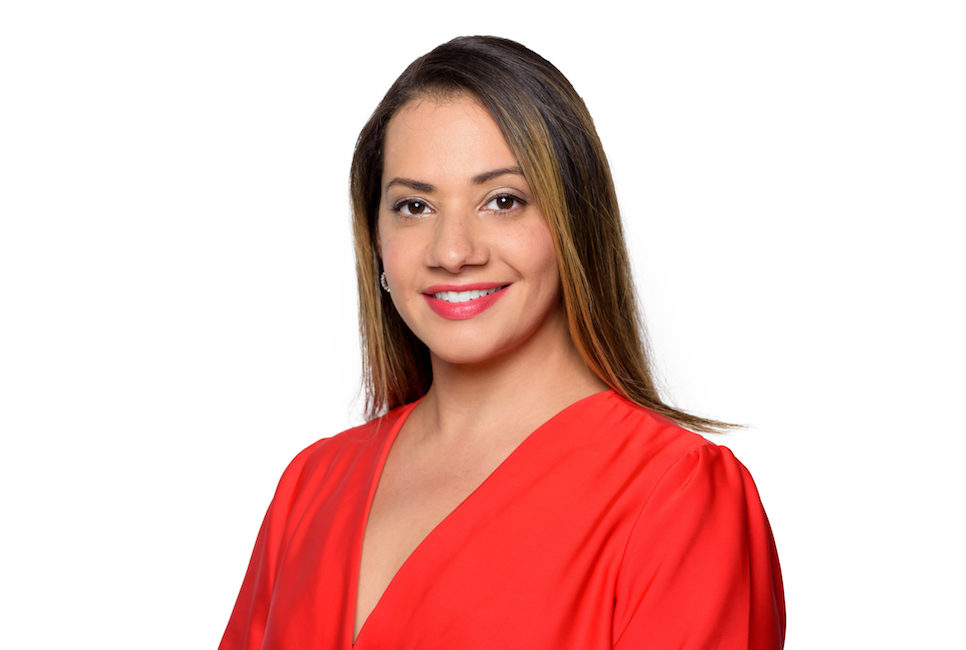
Listen to our exclusive interview with Lauri-Ann Ainsworth: Change Creator · Lauri-Ann Ainsworth: Key Areas Social Entrepreneurs Focus on For Faster Growth Subscribe to this show on Spotify | iTunes | Stitcher | Soundcloud What are social entrepreneurs doing today to accelerate their success? We spoke with Lauri-Ann Ainsworth, CEO of the Branson Centre for […]
Trevor Anderson: What it Takes to Build a Winning Agency
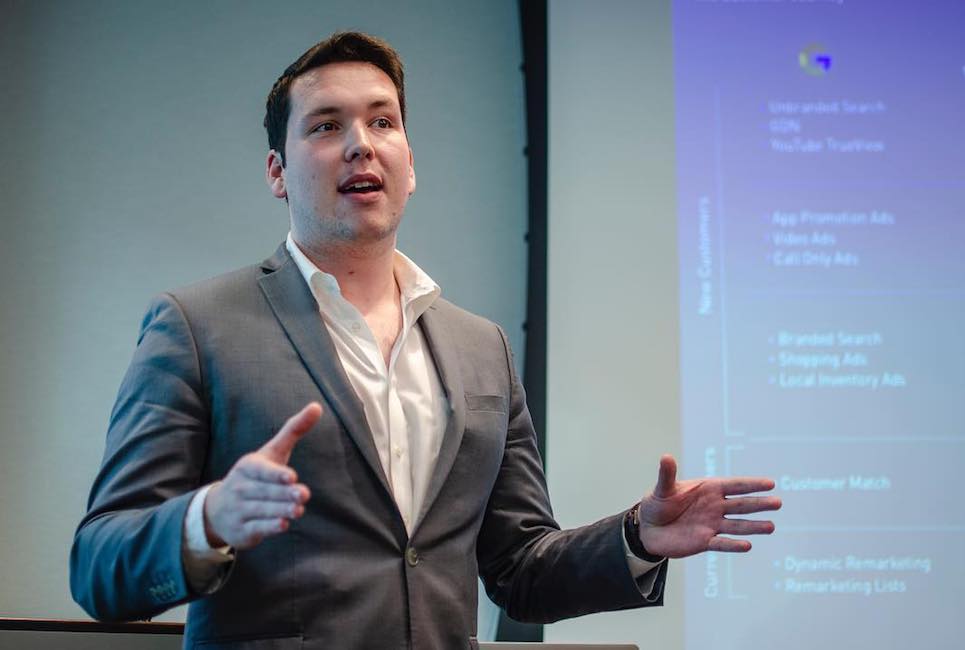
Listen to our exclusive interview with Trevor Anderson: Change Creator · Trevor Anderson: What it Takes to Build a Winning Agency Subscribe to this show on Spotify | iTunes | Stitcher | Soundcloud What does it take to start an award-winning agency and what are the latest trends for 2021? He’s built two successful agencies […]
Richard Lau: Choosing the Right Logo For Your Business
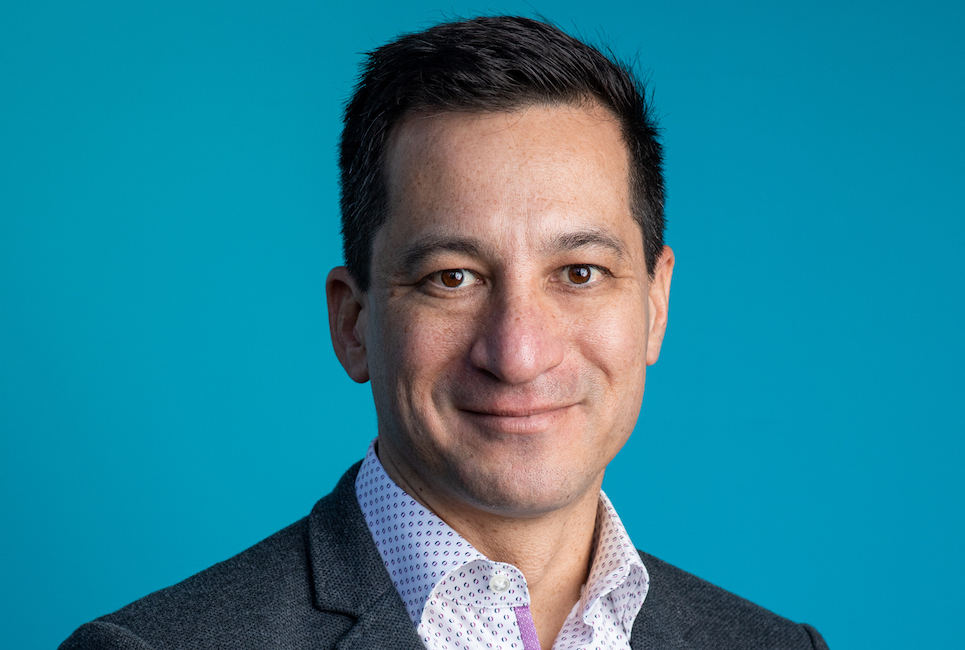
Listen to our exclusive interview with Richard Lau: Change Creator · Richard Lau: Choosing the Right Logo For Your Business Subscribe to this show on Spotify | iTunes | Stitcher | Soundcloud Does a logo really matter to the success of your business? We spoke with the founder of logo.com who is also a serial entrepreneur […]
Kat Luckock: How to Empower Your Social Enterprise & Make Money
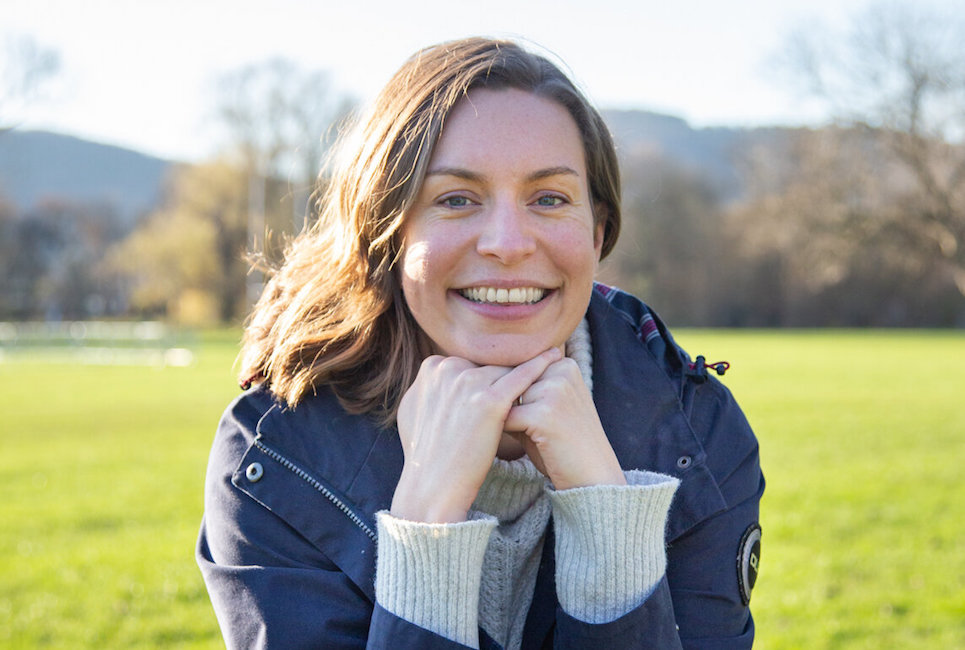
Listen to our exclusive interview with Kat Luckock: Change Creator · Kat Luckock: How to Empower Your Social Enterprise & Make Money Subscribe to this show on Spotify | iTunes | Stitcher | Soundcloud What should you consider about money when running a social enterprise if you want to be successful over the long term? […]
Eric Partaker: Practical Steps to Transform Your Health and Wealth

Listen to our exclusive interview with Eric: Change Creator · Eric Partaker: Practical Steps to Transform Your Health and Wealth Subscribe to this show on Spotify | iTunes | Stitcher | Soundcloud Have you ever felt like you can’t get out of your own way? How can we overcome old habits and step into a […]
Adam, Amy, & Danielle: Seriously, What’s My Niche?
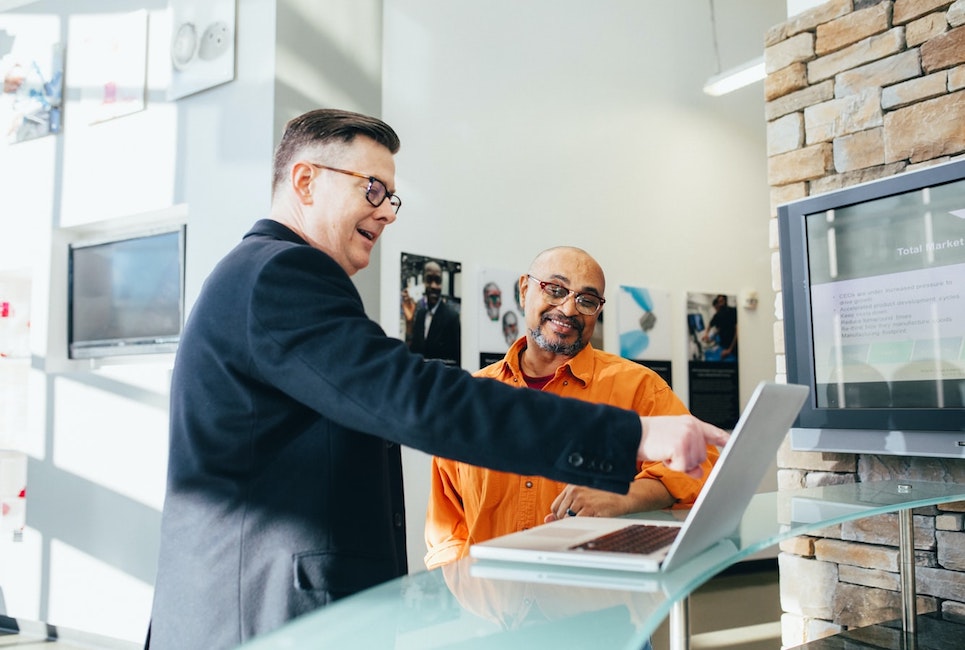
Change Creator · Adam, Amy, & Danielle: Seriously, What’s My Niche? Subscribe to this show on Spotify | iTunes | Stitcher | Soundcloud You might be surprised to find out that most entrepreneurs struggle with truly understanding their niche. Join the Captivate coaches, Danielle, Amy, and Adam for this roundtable discussion about a topic they […]
Barbara Stanny: What You Must Do to Create Financial Wealth
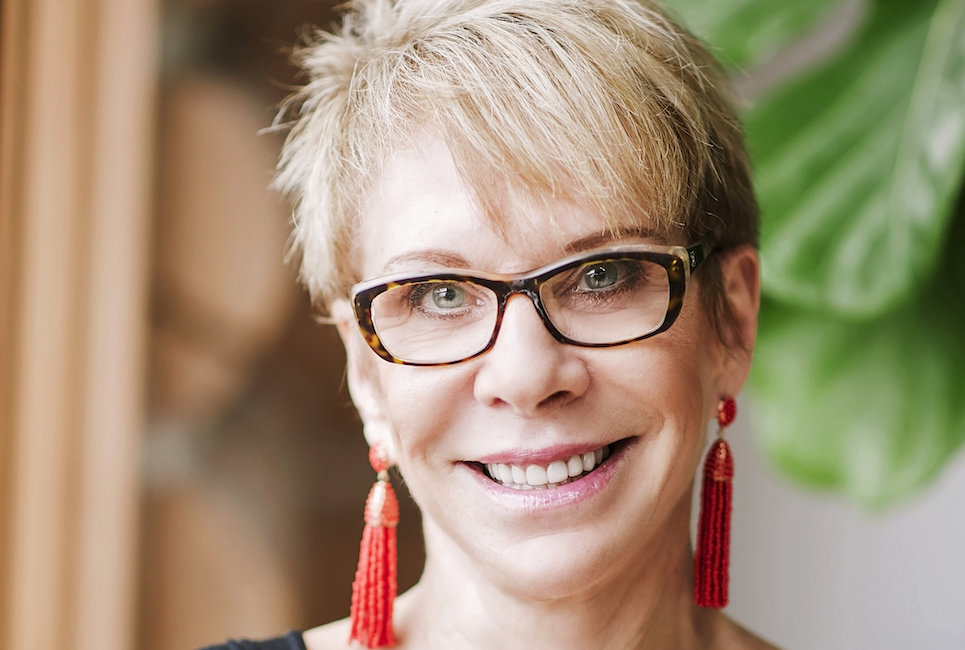
Listen to our exclusive interview with Barbara: Change Creator · Barbara Stanny: What You Must Do to Create Financial Wealth Subscribe to this show on Spotify | iTunes | Stitcher | Soundcloud Why are some people so good at making money while others are not? What does it take to change that? In this […]
Trudi Lebron: Creating an Anti-Racist Business

Listen to our exclusive interview with Trudi Lebron: Change Creator · Trudi Lebron: Creating an Anti-Racist Business Subscribe to this show on Spotify | iTunes | Stitcher | Soundcloud What if we aren’t aware of how our business may play a role in different forms of racism? How can we improve to live up to […]
Brendan Kane: Getting Your Customers Attention in 3 Seconds or Less
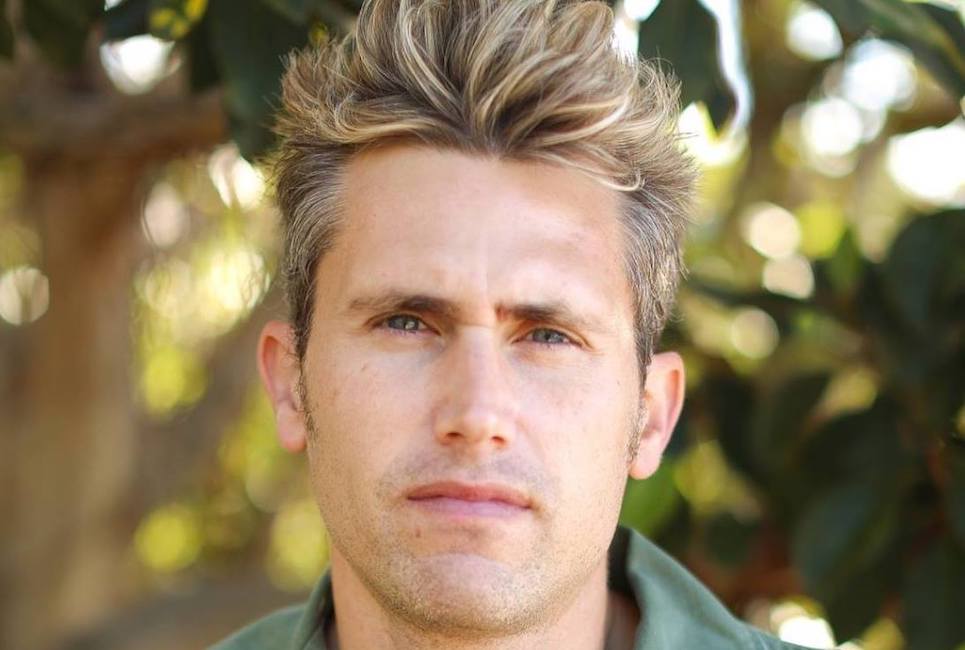
Listen to our exclusive interview with Brendan: Change Creator · Brendan Kane: Getting Your Customers Attention in 3 Seconds or Less Subscribe to this show on Spotify | iTunes | Stitcher | Soundcloud What do you do if you only have 3 seconds to get someone’s attention today for your business? This is exactly what […]
Taryn Larock: How She Went from Model to Creating a Sustainable Fashion Business

Listen to our exclusive interview with Taryn: Subscribe to this show on Spotify | iTunes | Stitcher | Soundcloud The fashion industry has a lot of bad practices that need to course correct, but where you do even start? Taryn Larock went from a model to a sustainable fashion business owner. In this discussion, she […]
Wei Houng: Creating The Right Money Mindset
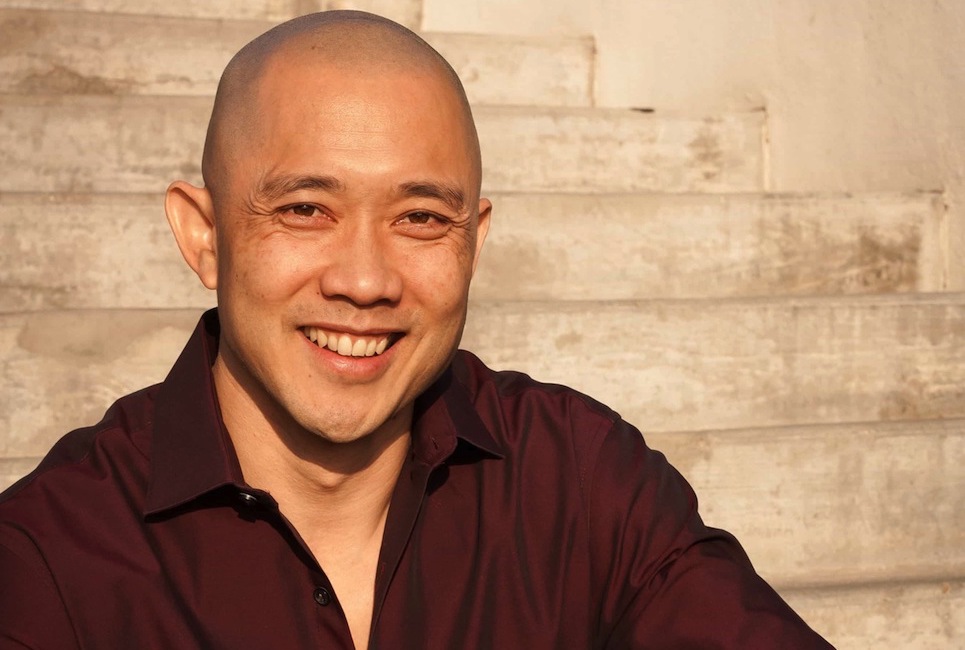
Listen to our exclusive interview with Wei Houng: Subscribe to this show on Spotify | iTunes | Stitcher | Soundcloud What if your money mindset is limiting your financial results as an entrepreneur? What can you do to change that? We connect with an expert on that topic, Wei Houng, who is the founder of […]
Adam & Amy: How to Take a Stand with Your Brand and Not Lose Sales

Subscribe to this show on Spotify | iTunes | Stitcher | Soundcloud Personal beliefs vs business beliefs? Where do we draw a line between the two? Will we lose sales if they get to close? In this episode, Change Creator cofounders Adam and Amy discuss how to put your values into your business & in […]
Lisa McLeod: How to Start Selling with Noble Purpose to Drive More Revenue
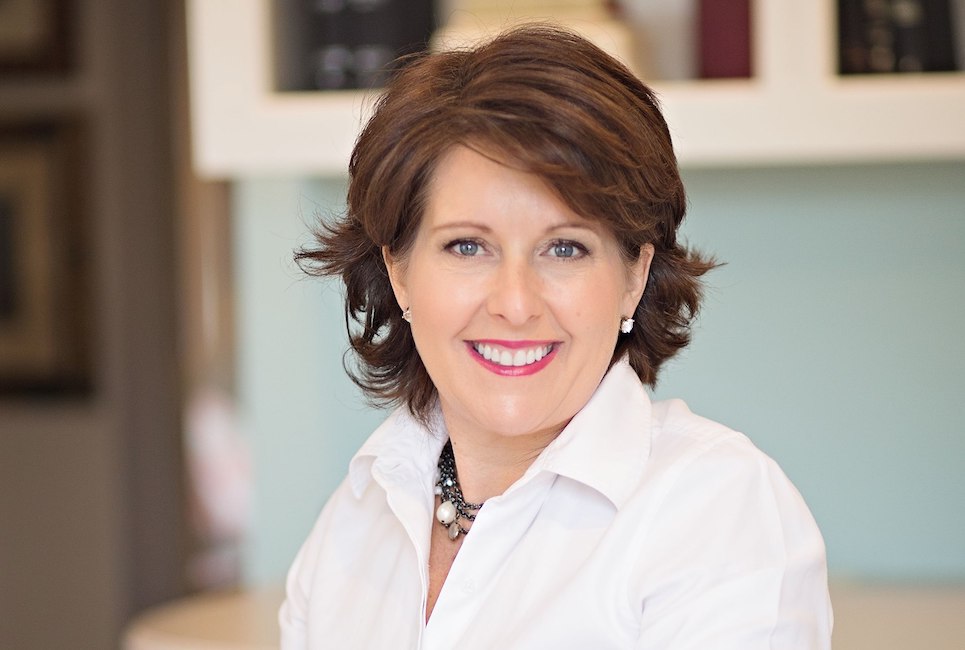
Listen to our exclusive interview with Lisa: Subscribe to this show on Spotify | iTunes | Stitcher | Soundcloud Why are so many big companies now jumping on the “good business” bandwagon? Because that’s what the market wants! But how do you do it? We spoke with an expert, Lisa McLeod about her work helping […]
Adam And Amy: Marketing is Not Just About Numbers and Big Audiences

Subscribe to this show on Spotify | iTunes | Stitcher | Soundcloud Many of us believe that if we have a website, numerous social media accounts, and learn a few marketing ‘tactics’ our business will suddenly take off. We spend so much time on tactics and distribution (should I start a podcast? what about Pinterest? What about Instagram?) that we […]
Cory Ames: Carving Out Your Own Path and Getting Traction with Smart Marketing
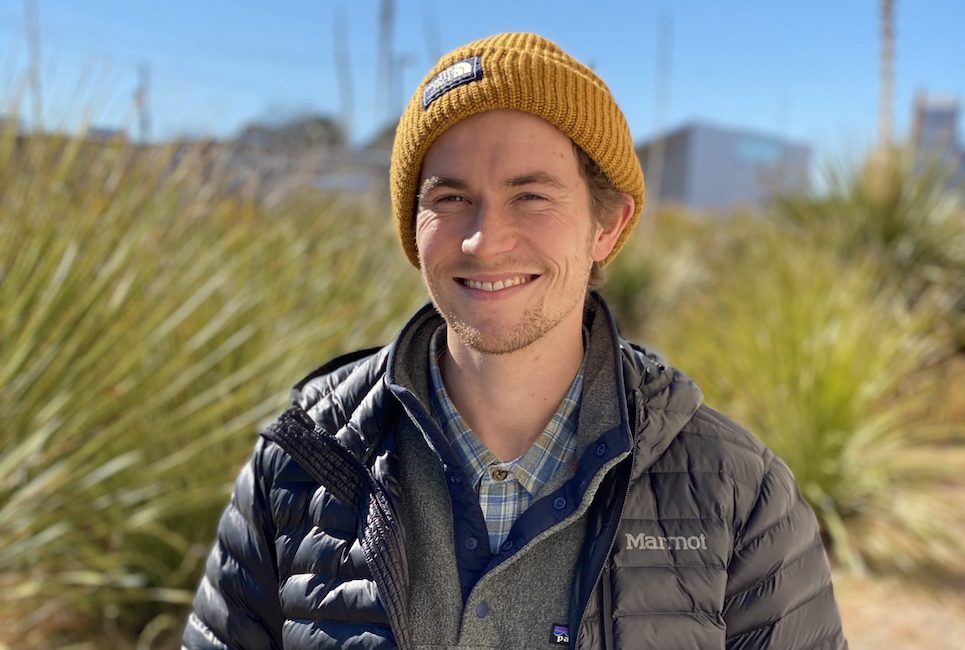
Listen to our exclusive interview with Cory Ames: Subscribe to this show on Spotify | iTunes | Stitcher | Soundcloud What does it take to start making a real difference in the world? Do you have the confidence and belief in yourself to pursue your dream? We decided to speak with the co-founder of Grow Ensemble, Cory Ames, about his transition […]
Adam & Danielle: What is the Backbone of a Great Marketing Strategy?

Subscribe to this show on Spotify | iTunes | Stitcher | Soundcloud What is the backbone of a great marketing strategy? Adam and Danielle discuss what every business MUST have to position their business right, create smart content, build relationships and ultimately win the hearts and wallets of the people they serve! We also recommend: Greg Shepard: Should You Be […]
Greg Shepard: Should You Be Thinking About Your Exit From the Start?

Listen to our exclusive interview with Greg Shepard: Change Creator · Greg Shepard: Should You Be Thinking About Your Exit From the Start? Subscribe to this show on Spotify | iTunes | Stitcher | Soundcloud Should you be thinking about your companies exit from the start? What does that do for your business? We spoke with the founder of Boss Capital […]
Adam And Danielle: When is Sharing Your Story Too Much (And What’s The Real Benefit?)

Subscribe to this show on Spotify | iTunes | Stitcher | Soundcloud Do we really need to tell personal stories in our business? Should we? And when is it too much? This is a question that comes up a lot with students in Captivate. So, Danielle and Adam tackle it head on to share some important considerations. We also recommend: […]
Blair Sheppard: Four Urgent Global Crises and Their Strategic Solutions
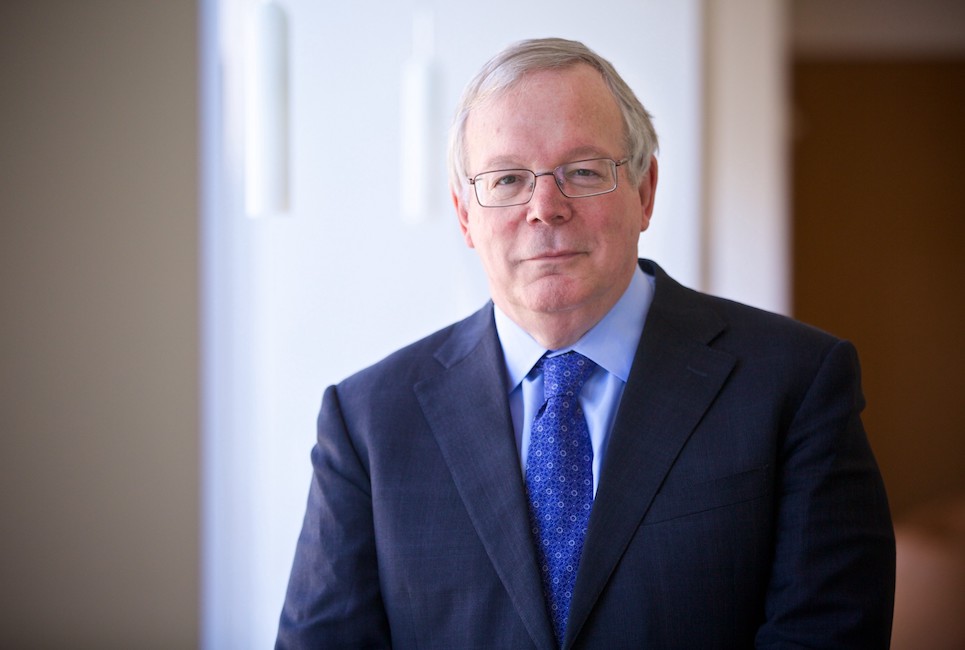
Listen to our exclusive interview with Blair Sheppard: Subscribe to this show on Spotify | iTunes | Stitcher | Soundcloud What are the world’s biggest priorities today and how can you help? We hooked up with the head of Global Strategy and Leadership at PricewaterHousecoopers who’s leading the charge on this very topic to find out. Blair Sheppard is the […]
Cory Lee: Going From Idea to Selling Several Companies!

Listen to our exclusive interview with Cory Lee: Subscribe to this show on Spotify | iTunes | Stitcher | Soundcloud What if you have an idea to do something HUGE, like start your own gym but don’t know how to make sure it works? Well, Cory Lee and his wife built 4 gyms and 2 health clinics in 5 years […]
Adam & Danielle: How Digital Conversations Drive Your Business

Change Creator · Adam & Danielle: How Digital Conversations Drive Your Business Subscribe to this show on Spotify | iTunes | Stitcher | Soundcloud What are digital conversations and why is it so important for you to become an expert in them? Co-creators of The Captivate Method share everything you need to know. This talk will cover… — Digital marketing […]
Jon Macdonald: Get More Sales Through Smart Optimization of Your Existing Website Traffic
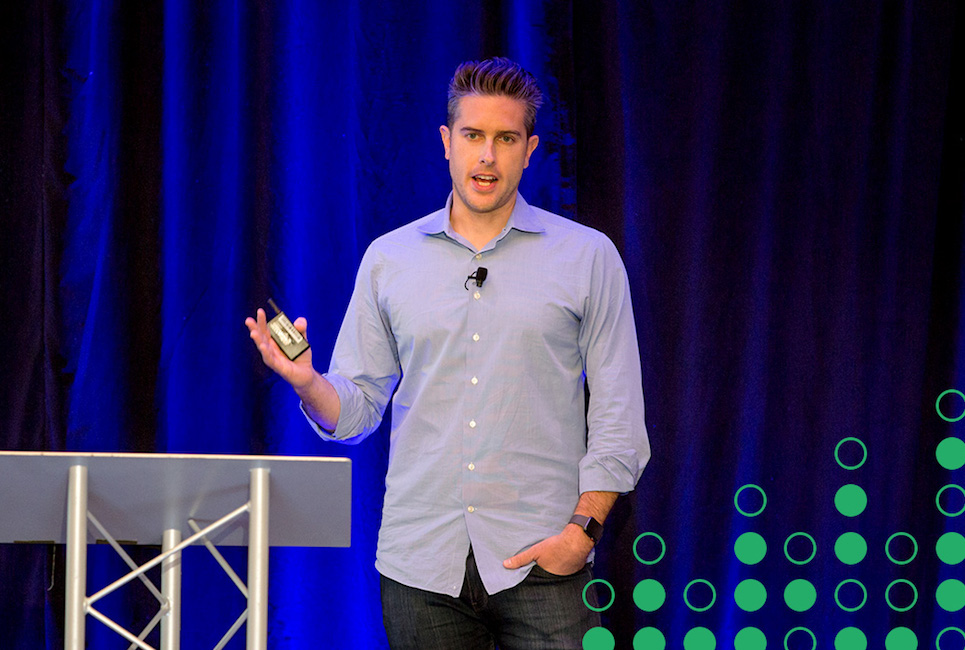
Listen to our exclusive interview with Jon Macdonald: Subscribe to this show on Spotify | iTunes | Stitcher | Soundcloud What if you could increase you monthly revenues without spending more on ads? What if you could just optimize what you already have and jump your sales up monthly? We decided to talk with Jon MacDonald, […]
Jon Tobin: Legal Stuff Entrepreneurs Need to Know to Run Their Business Effeciently
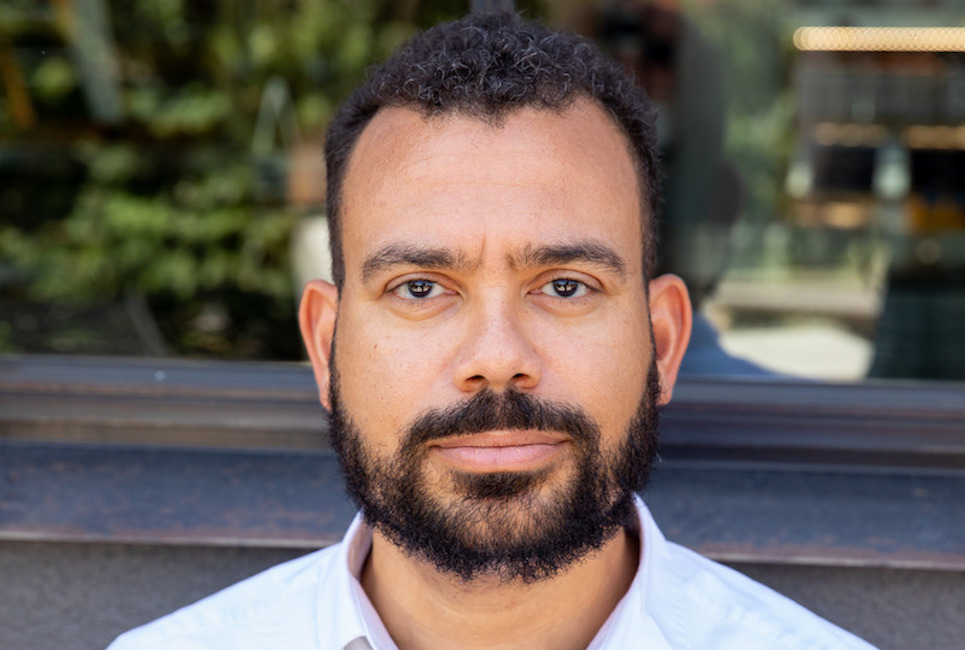
Listen to our exclusive interview with Jon Tobin: Subscribe to this show on Spotify | iTunes | Stitcher | Soundcloud The legal stuff tends to be the last thing we want to tackle as entrepreneurs, but what exactly do we need to know? We spoke with Jon Tobin who is an attorney and the founder of Counsel For Creators to find […]
Gino Wickman: Do You Really Have What it Takes to be an Entrepreneur
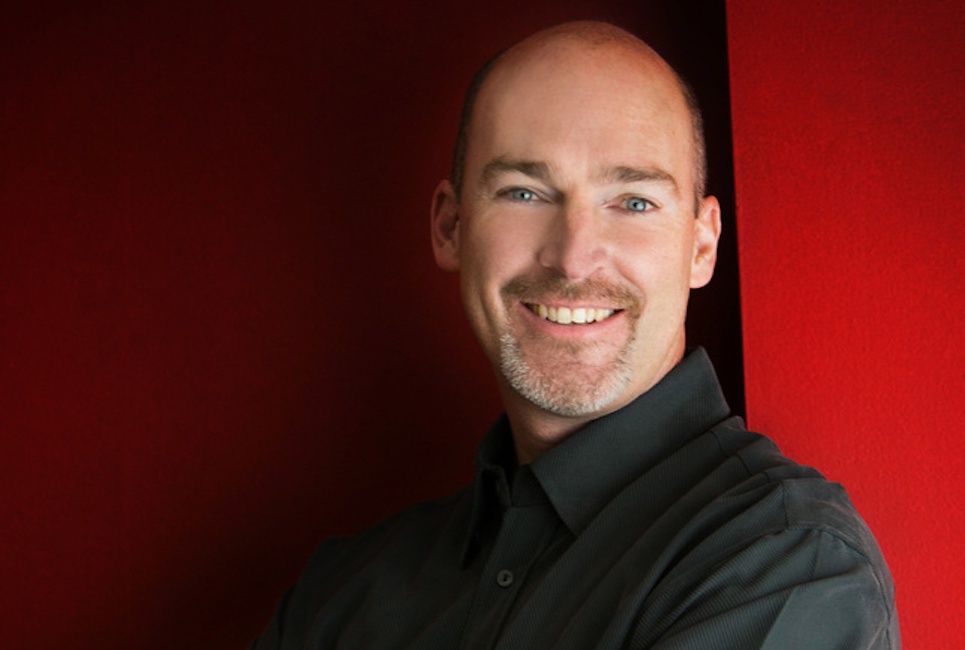
Listen to our exclusive interview with Gino Wickman: Subscribe to this show on Spotify | iTunes | Stitcher | Soundcloud How do we know if we really have what it takes to succeed as an entrepreneur? Can anyone do it? In this interview, we talk with entrepreneur and author of the legendary book Traction, Gino […]
Adam & Amy: Why You Should Stop Thinking Like a Marketer

Subscribe to this show on Spotify | iTunes | Stitcher | Soundcloud Have you ever felt like taking a shower after seeing so many spammy ads? It makes you not like the idea of marketing sometimes or gives the wrong impression. What if you stopped thinking like a marketer for your business? Change Creator Co-founders, […]
Tom Kulzer: Email Marketing Trends and Strategies Learned From 20 Years of Experience
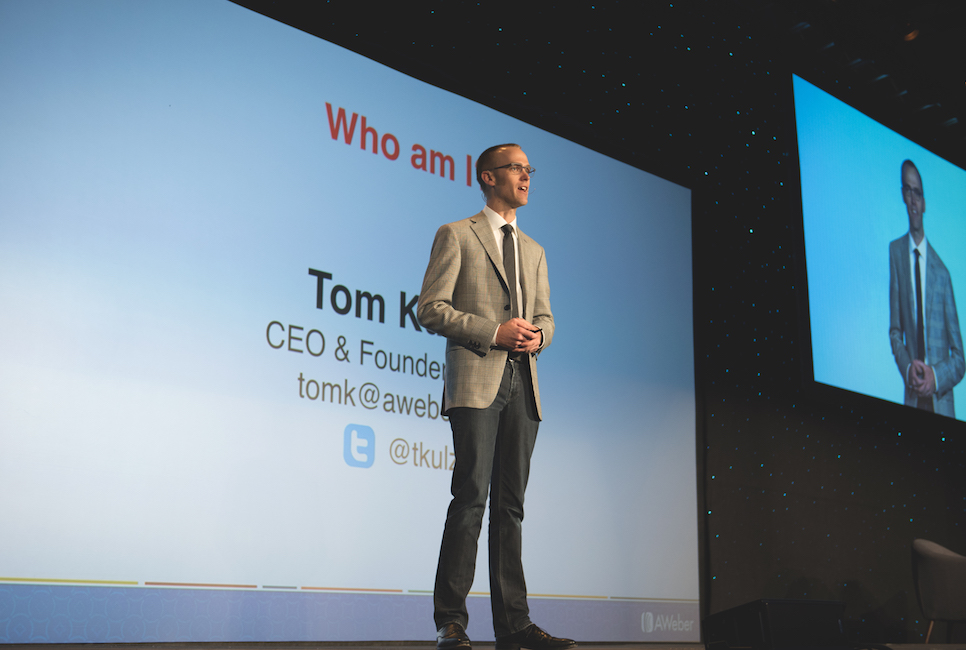
Listen to our exclusive interview with Tom Kulzer: Subscribe to this show on Spotify | iTunes | Stitcher | Soundcloud What can you do to increase trust and engagement with your email strategies? Tom Kulzer is the founder of Aweber which started 20 years ago and he has some key insights for entrepreneurs. We also recommend: […]
Adam & Amy: The Hard Truth About Delegating For Your Startup
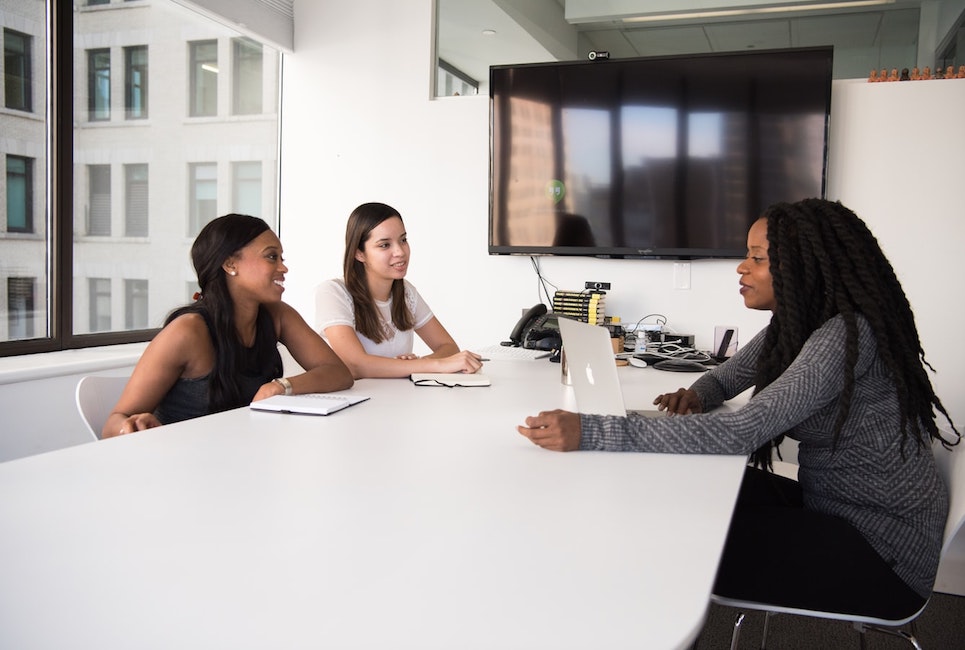
Subscribe to this show on Spotify | iTunes | Stitcher | Soundcloud Delegating work is important for any business but what if you delegate the wrong things at the wrong time? Change Creator co-founders, Adam and Amy, have been there and learned hard lessons that they share in this talk about delegation. We also recommend: […]
Brian Robinson: Becoming a Selling Jedi Master For Your Startup
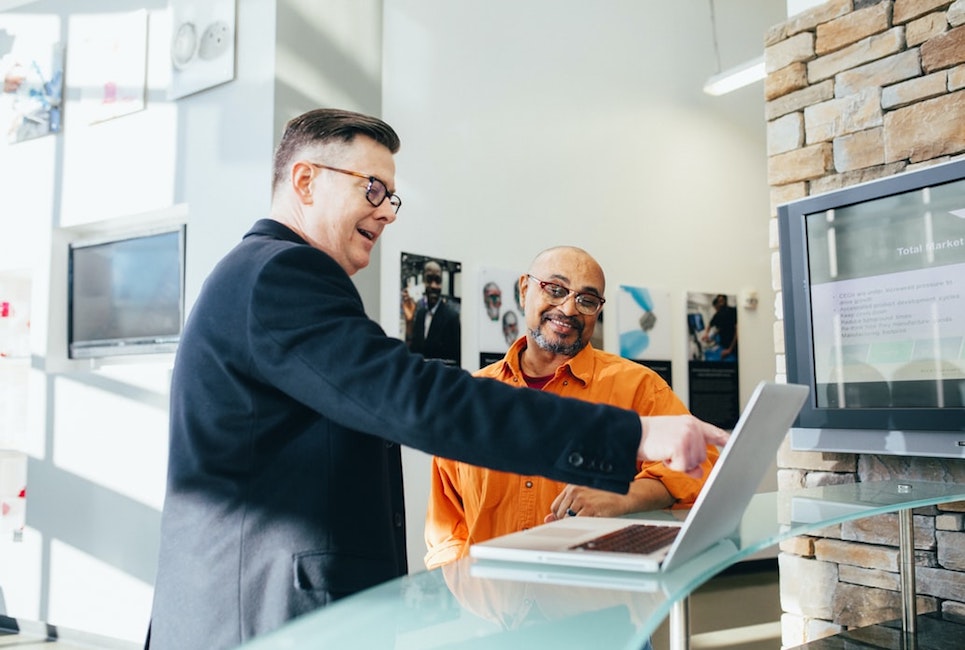
Listen to our exclusive interview with Brian Robinson: Subscribe to this show on Spotify | iTunes | Stitcher | Soundcloud One skill every entrepreneur needs is to know how to sell! And that’s what we are talking about with author and sales expert, Brian Robinson. Brian Robinson is a sales and marketing expert, best-selling author, and […]
Adam Force & Amy Aitman: How We’re Navigating Covid-19 as Digital Impact Entrepreneurs

Subscribe to this show on Spotify | iTunes | Stitcher | Soundcloud It’s not business as usual right now but this is a good thing for us as leaders and entrepreneurs. Change Creator cofounders, Adam and Amy, talk about how we’re navigating these changing times and how you can really lean into your business right […]
Shane Foss: Disrupting the Healthcare Industry To Help Underserved People

Listen to our exclusive interview with Shane Foss: Subscribe to this show on Spotify | iTunes | Stitcher | Soundcloud The healthcare industry has not changed much over the decades and is ready for disruption! But how? We talk to Shane foss who is taking it head-on. He shares his strategy but also other areas in […]
Adam & Amy: How to Effectively Set Up Systems for Your Business Remotely

Subscribe to this show on Spotify | iTunes | Stitcher | Soundcloud Join Adam and Amy today in Part 1 of 5 Days of Support for Your Digital Business. We’ve been in the digital space for over a decade & have lots to share for you! What we’ll cover: — Going digital? Should you hire […]
Stephen Carl: Supersize Your Digital E-commerce Conversions & Impact

Listen to our exclusive interview with Stephen Carl: Subscribe to this show on Spotify | iTunes | Stitcher | Soundcloud How can cause marketing build following, increase conversion rates, and increase customer loyalty? Stephen Carl is the founder of Needle Movement which is focused on conscious e-commerce, and translating digital trends in to real growth. […]
